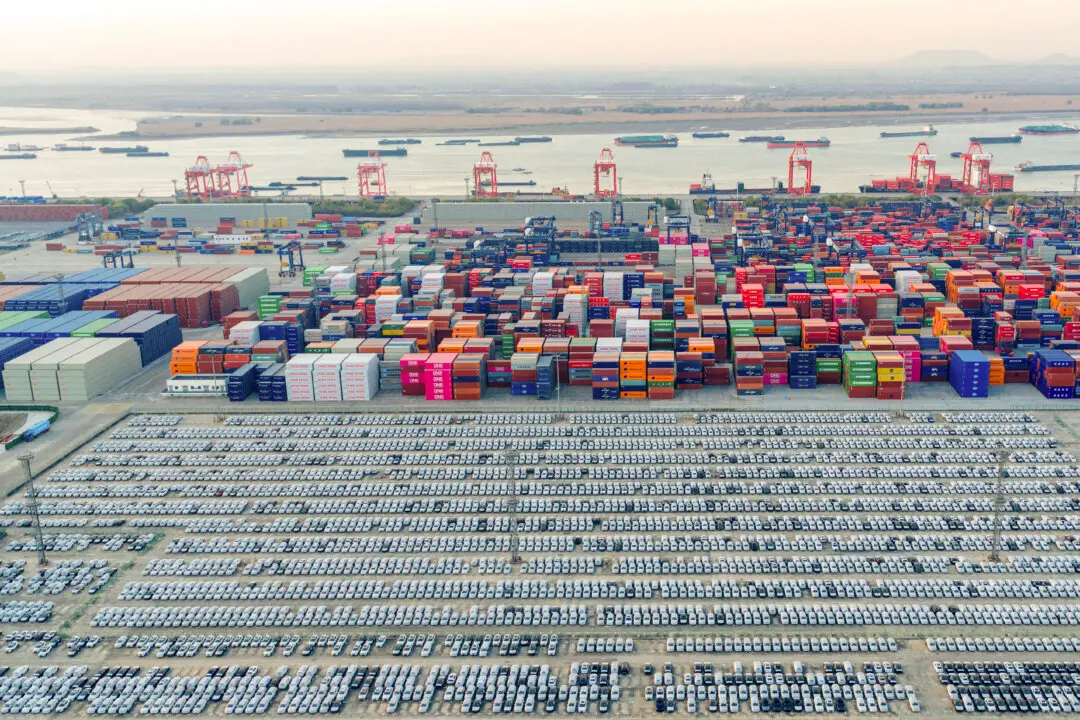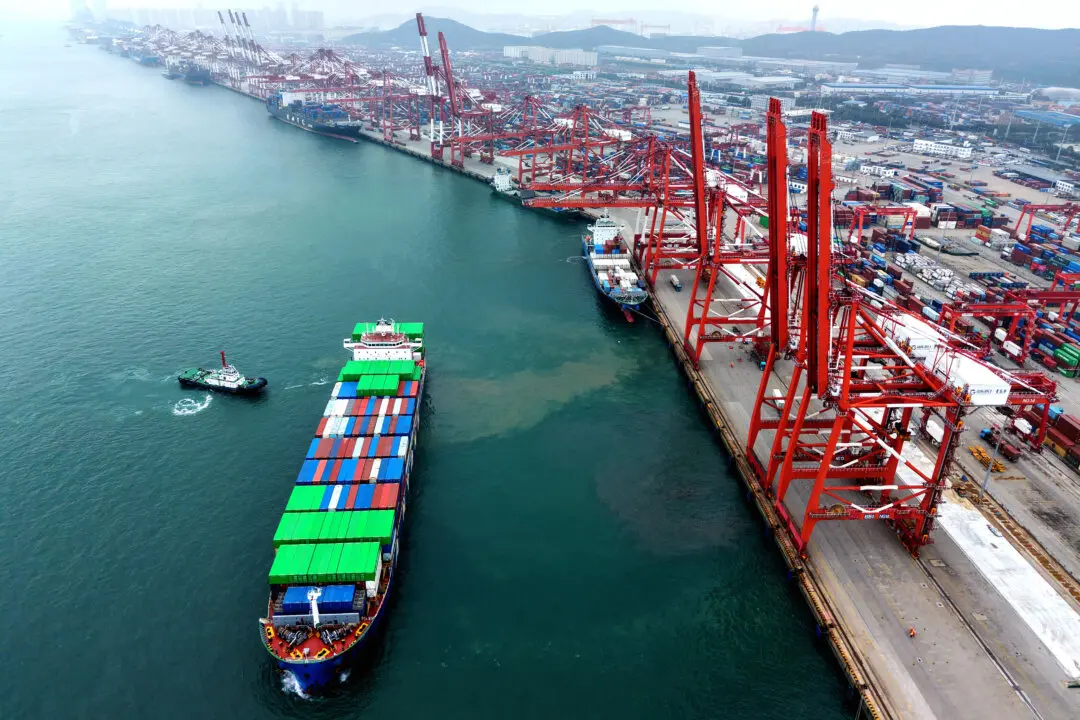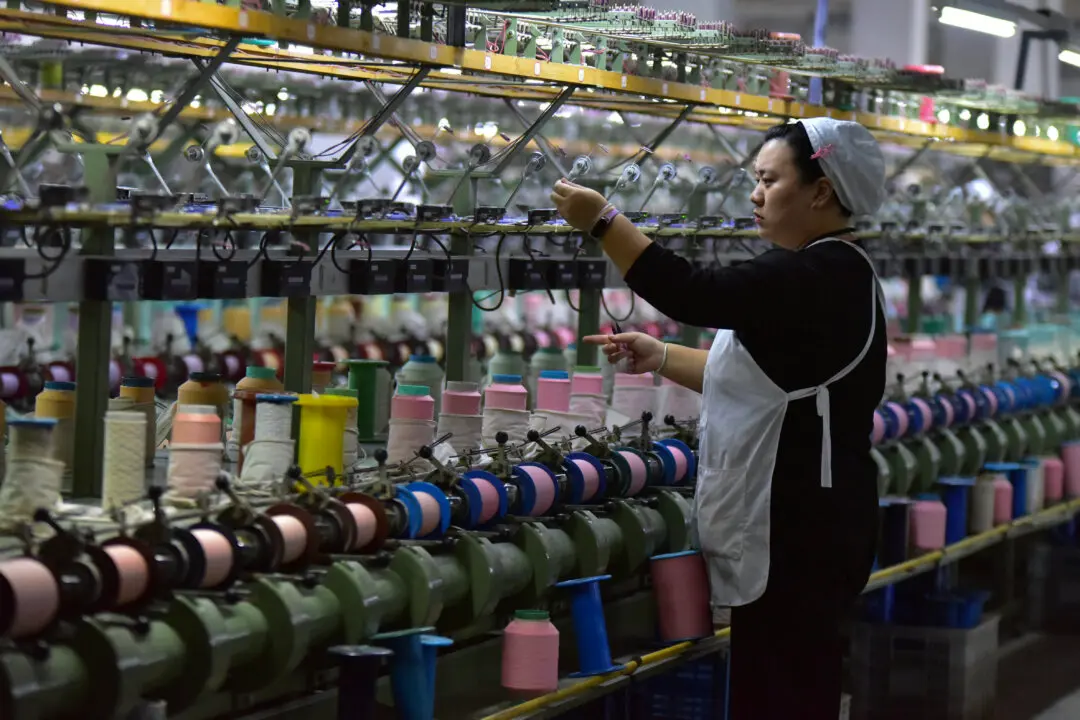Commentary
The expression used in the title conveys a sense of foreboding and early warning of trouble. It comes from the time before electronic sensory equipment when coal miners used these fragile birds to warn them of the presence of deadly methane gas in the mine shaft. If the bird collapsed, the miners had an early warning of extreme danger.





